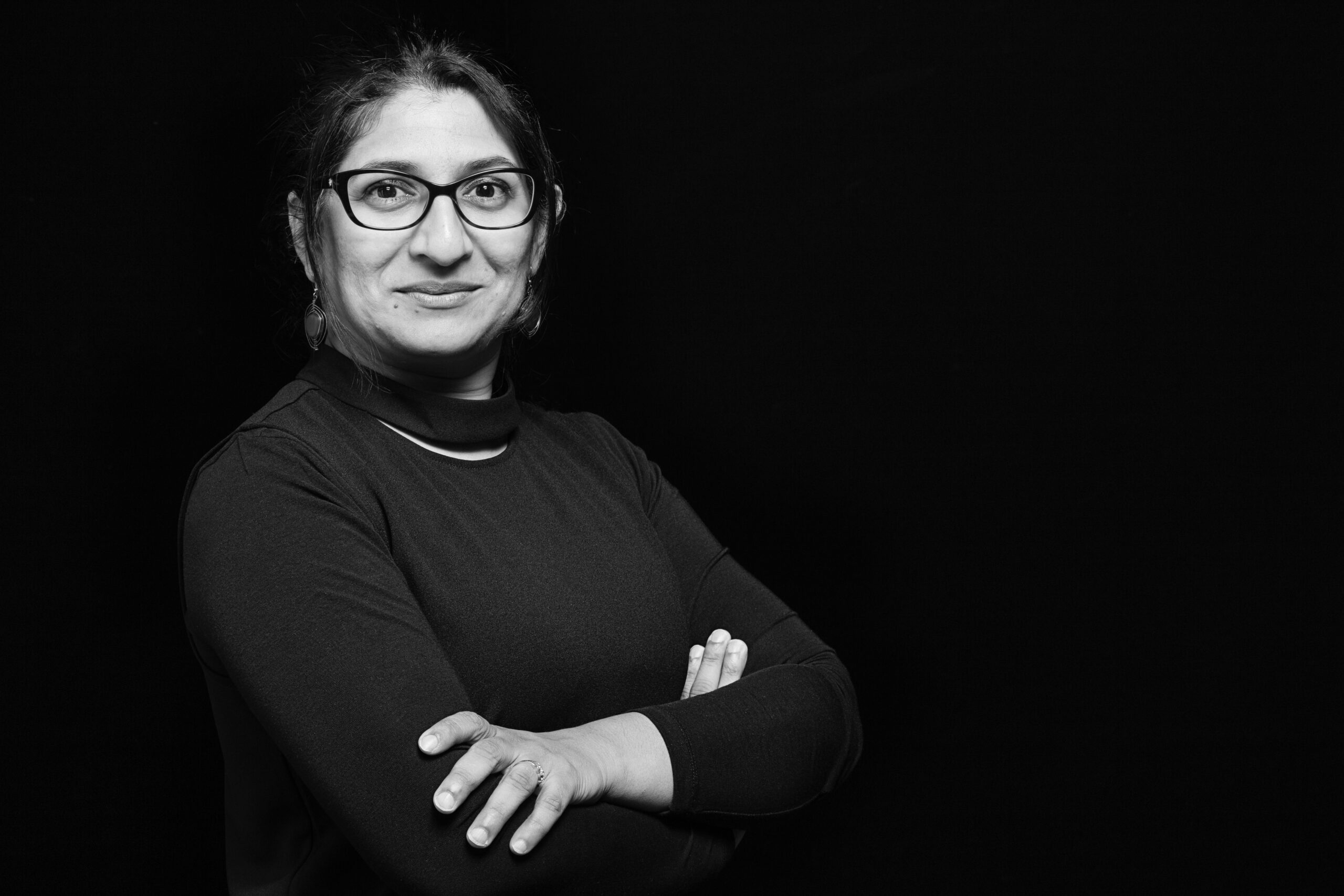Urban Planning Master Students Examine Potential for Southwest Detroit Wind Power
Article written by Model D’s Kelli B. Kavanaugh, May 4, 2010.
University of Michigan’s Taubman College of Architecture and Urban Planning conducted a four-month study entitiled Southwest Detroit Wind Energy Feasibility Study to, well, study the feasibility of wind energy in Southwest Detroit. Using a national rubric, they found that the area can be categorized as a Class 2 – marginal source of wind based upon wind speed and consistency. Their recommendations call for anometers to be placed on potential sites for a more fine-grained study before the concept is written off.

Nicholas Rajkovich, Ph.D. Candidate/GSI; Julie Schneider; Kristin Baja; Melvin Gaines; Clay Martin; Virgilio Sklar; Megan Masson-Minock, AICP and class instructor Not pictured: Billy Ho
Three different location types for wind capture were studied: vacant industrial lands near the river, vacant properties within residential neighborhoods, and the possibility of turbines being incorporated into a new Detroit River International Crossing bridge. Sites along the river held the most promise, as turbulence was measured too high in residential areas and issues with structural engineering remain with turbine incorporation into a bridge — it’s never been done in the United States. The location of the turbines in vacant industrial land along the river front was recommended with the caveat that bird and bat migration patterns must be studied in detail first, according to Larissa Larsen, assistant UM professor in the Urban and Regional Studies program.
The students further recommended that a wind ordinance be created and adopted within Detroit to reduce the challenge of siting variances and also assessed funding mechanisms.
Working with Southwest Detroit Environmental Vision and Southwest Detroit Business Association was a rewarding experience for masters of urban planning student Kristin Baja. “We enjoyed being out there, it was wonderful…people were so friendly, and we enjoyed the experience,” she says, noting that several of the students had plans to return to Southwest Detroit to volunteer or otherwise engage the community.
While the study did not reveal the most promising of results, Baja says there is still the possibility that the concept has legs. “We’re hoping that with anometers, (it will turn out that the) wind is even stronger than we think and that the community can pursue it.”
Sources: Larissa Larsen and Kristin Baja, UM
Writer: Kelli B. Kavanaugh
This article first appeared in ModelD Detroit Developent News on May 4, 2010.
http://www.modeldmedia.com/devnews/









